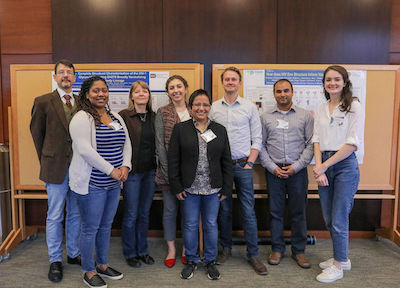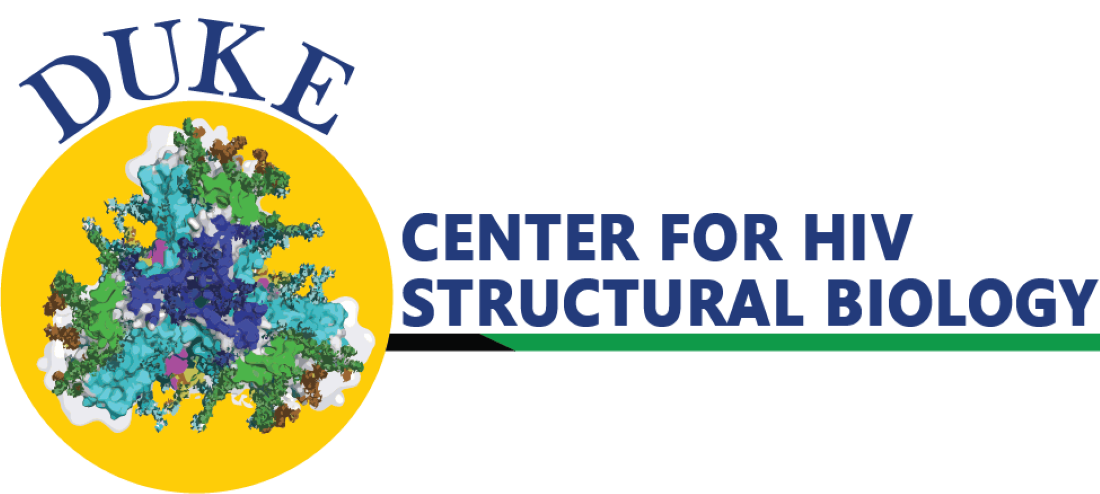The Division of Structural Biology led by Dr. Priyamvada Acharya, brings together a diverse range of expertise, including X-ray crystallography, cryo-electron microscopy (cryo-EM), negative stain EM, small angle X-ray scattering (SAXS), molecular dynamics, biophysics and biochemistry, to understand the interactions of the HIV-1 Env with the human immune system. Working in close collaboration with other DHVI groups, this division uses structural information to guide vaccine design against HIV-1 and other viruses.

The goal of the Division of Structural Biology is to understand how the immune system responds to and mounts a defense against HIV-1 infection. To do this, they are characterizing entire lineages of antibodies to understand their initiation and maturation to achieve potent neutralization of diverse HIV-1 strains. Another major goal they are pursuing is to understand the mechanism of HIV-1 entry. By combining structural analyses with biophysics and computation, the Division of Structural Biology seeks to understand the structural transitions that occur in the HIV-1 Envelope (Env) during viral entry. The knowledge gained from a basic understanding of HIV-1 Env conformational flexibility together with an understanding of how Env interacts with the immune system will enable them to design immunogens to guide the immune system to initiate and mature broadly neutralizing antibodies as a response to vaccination.
The Division of Structural Biology’s work is supported by NIH awards including a U54 grant that funds the Duke Center for HIV Structural Biology (DCHSB), a UM1 award that supports the Duke-CHAVD program, and several R01 grants. The Division also received funding from the Translating Duke Health Initiative and the Duke CFAR.
Learn more about the DCHSB here.
